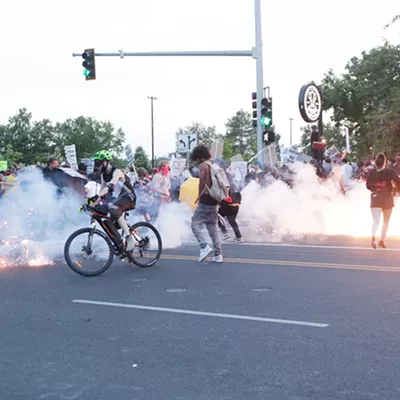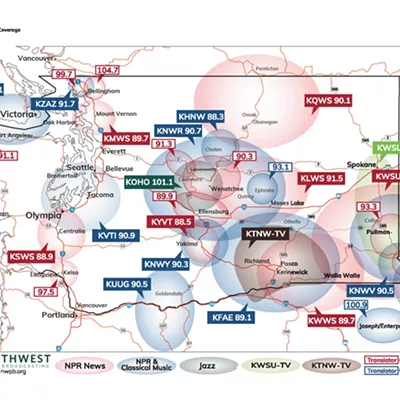Martin Scorsese and innumerable conspirators have struggled for almost three decades to produce Gangs of New York, and yet it is a terrible movie. A hellish horror of failed ambition, it should freeze the blood of any artist who has held too long to a primal obsession and fears that a life's work will be shown up as a Promethean folly.
A colleague I respect thinks it's "the best Western since Unforgiven," and I look forward to his review. But the defenders of Scorsese's poorest pictures of the past decade, like Casino, will surely again sound like minions of a cult, humming Scorsese's praises just because he's Scorsese. (Or was, once upon a time.) Those who give Gangs of New York an "A" for its aspiration will be deceiving themselves about this clotted, overproduced historical epic. As with the preposterous raves for the undernourished Bringing out the Dead, the improvident praise for this clumsy, puerile picture has already begun, with the grand quote courtesan of them all, Rolling Stone's Peter Travers, anointing it his movie of the year.
The violent tale is both simple and unduly complicated: a coming-of-age story in which a young man comes to manhood by seeking revenge against someone who becomes a father figure to him. Personal vendettas play out against a social backdrop that is readily footnoted, but almost impossible to follow on screen. Leonardo DiCaprio, who is joyously carefree in Catch Me If You Can, is a puffy cipher as Amsterdam Vallon, a young man who exits Hellgate House of Reform after 16 years into Civil War-era Manhattan in the Five Points, the nation's most reviled slum. He has one goal: revenge on his father's murderer, gang boss Bill "the Butcher" Cutting (Daniel Day-Lewis, an Oscar for whom is suggested by the baroque character of his garb, lingo and epic hamming). They share the love of a damaged young woman, a spirited cutpurse named Jennie Everdeane (Cameron Diaz, who gives a focused performance even when her speeches are schematic). There's a bustle of other characters, particularly well-acted by Brendan Gleeson and also by Jim Broadbent, whose performance, as might be expected, is a marvel of harrumphing complexity as corrupt Boss Tweed.
The dandified result is of the variety David Mamet dismisses as "a pageant." It preens, it postures, its streets are cluttered with props and costumes and Dante Ferretti's lovely battered buildings, yet the characters aren't interesting and its depiction of gang slaughter and the decade's violent Draft Riots are more self-important than self-explanatory. Scorsese's many interviews explaining all his sound and fury are about as relevant as the horribly misguided, redundant voiceover. Blood and capital were spilled, we get that point. But it is all indicated instead of dramatized, willed instead of embodied.
This is chilly work that attempts a hot surface, wanting to be an operatic rendition of a lost era in a defunct neighborhood in Manhattan's dirty, brutal history. In this Sunday's New York Daily News, veteran New York observer Pete Hamill damned any pretense to verisimilitude: "The true tale is part of all our histories, not a simple entertainment, and we ignore it at our own peril."
Whether it were cut to two hours or ran a full three, as an earlier version reportedly did, I cannot imagine the clotted, jerrybuilt form of this grandiloquent disaster to have any emotional impact. Yet the ending manages to be majestic, standing tall above the windy disaster that precedes those transcendent instants.
Scorsese's visual vocabulary is seldom composed of telling images -- note Roman Polanski's upcoming The Pianist, by contrast, for superlative use of capturing meaning through metaphor and telling juxtapositions. Shockingly, Scorsese resorts to editing and image-manipulation techniques that seem drawn more from the grammar of coming attractions trailers rather than the abundant loam of classical cinema in which Scorsese steeps. I'm sure he could tell you what he's quoting, alluding to, paying homage to or attempting to purloin in each sequence, but that is the stuff of DVD commentaries and not of competent storytelling.
Of the ending, it gives nothing away to point out that Scorsese does two things, one with scenery and one with sound, that take the viewer's breath away. I wish Scorsese had made a film as beautiful as those two masterstrokes, as wistful, as heartfelt, as wondrous, as meaningful. That way, I would have cried for 165 minutes instead of only five.
















